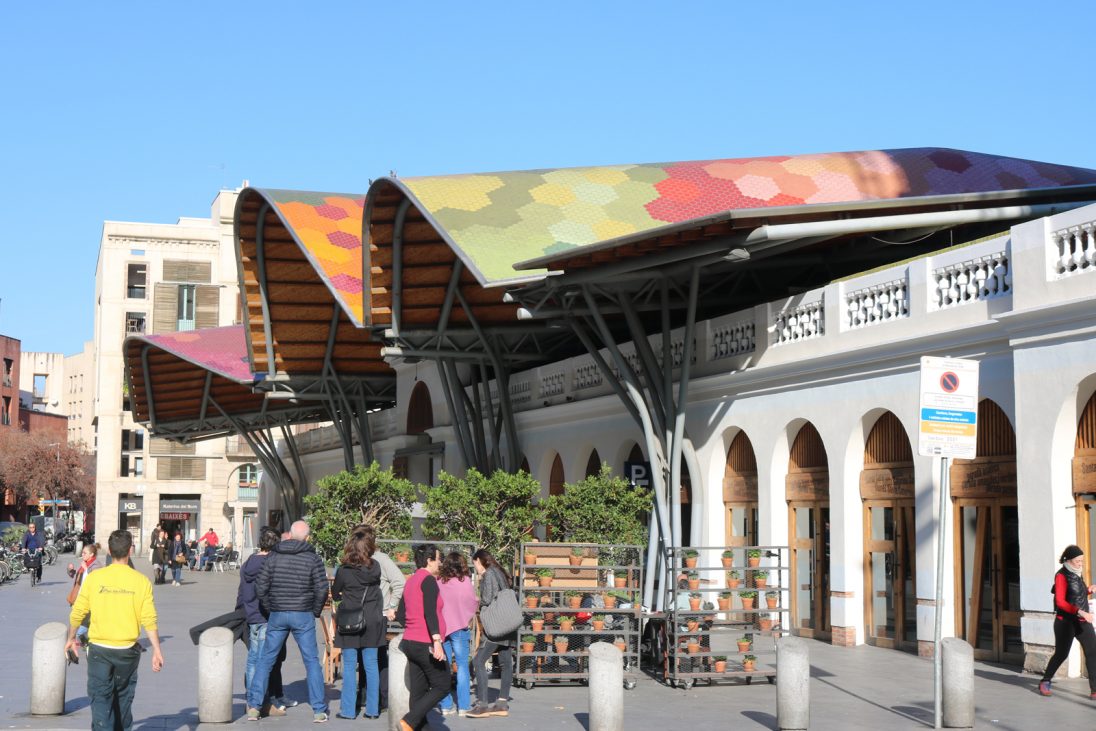Last week, Bea and I traveled to Milan and Barcelona where we studied the way new and old buildings can coexist. What a remarkable trip; and it was wonderful to travel with another architect with whom I could share experiences. So many beautiful buildings have been constructed over the centuries. They have sprouted like honeysuckle, covering the spaces between the streets of these two remarkable places with their fertile growth, overlapping, conflicting with one another, but ultimately expressing the vitality of healthy organisms. These cities are truly alive…

The trip confirmed my opinion regarding the validity of these words included below, which I wrote for a “Pittsburgh History and Landmarks” lecture back in 2015:
As in Milan and Barcelona, “New buildings will be constructed. And in my opinion these building should reflect their times. My thought is that copying the look of past buildings shows those past buildings no respect, as the copies tend to be poor. Times change, and so do our needs and our methods of construction. Yet preserving our history is important. The old, it is said, must make way for the new. The city is richer if it’s history is preserved. For one thing, our preserved history is all that ties us to the past other than our memories. And our past is part of us. For another old buildings can be beautiful, and possess value as art.
Architects do not create the world as we design; we respond to it. However, despite the fact that our designs become richer as they begin to express the conditions of their surroundings, more often than not new Pittsburgh buildings do not reflect the character of the city we love. Recently, I have focused on designing demonstrations of how new and old may become very good friends without pretending to be exactly alike.

And what is the resulting experience? As Sartre once said, “The human body always extends across the tool that it utilizes: it is at the end of the telescope, which shows me the stars“. We humans are always gathering the experience that enables us to identify with the conditions of other forms, which explains why we identify intuitively with the noble serenity of a column.
Maybe, just maybe, in these liminal places where old forms and new forms come together, the quality of ambiguity that is generated has the possibility to create a fluid situation that frees the viewer from the inflexible norms of contemporary life.
Can thoughtful design make you feel good? Can it improve your life? I say “Yes!” In this sort of architecture, free from cliché and repetition, it may be possible to experience the world afresh and possibly form new connections with others…
